The Alvis F600 family
In 1945 a requirement came for the replacement of the ww2 AEC heavy armored car in service. The Alvis Car and Engineering Company Ltd designed a common chassis that could be used for a variety of vehicles, namely the Saracen armored personnel carrier, the Stalwart high mobility load carrier and the Salamander fire tender. The Saracen was developed over the same base, using shared components but with a specific turret and was the only fighting armored car of the series.It was tested already in 1955, and six pre-production models were built in 1957 (later renamed Mk.I) before the vehicle was accepted into service in 1958. Production began afterward and it stopped only in 1972. For the British Army, all deliveries were done in 1960, but it was resumed for export, quite successfully: 20 countries purchased the new 6x6 armored car. It is still in service in some and saw action in at least six conflicts.
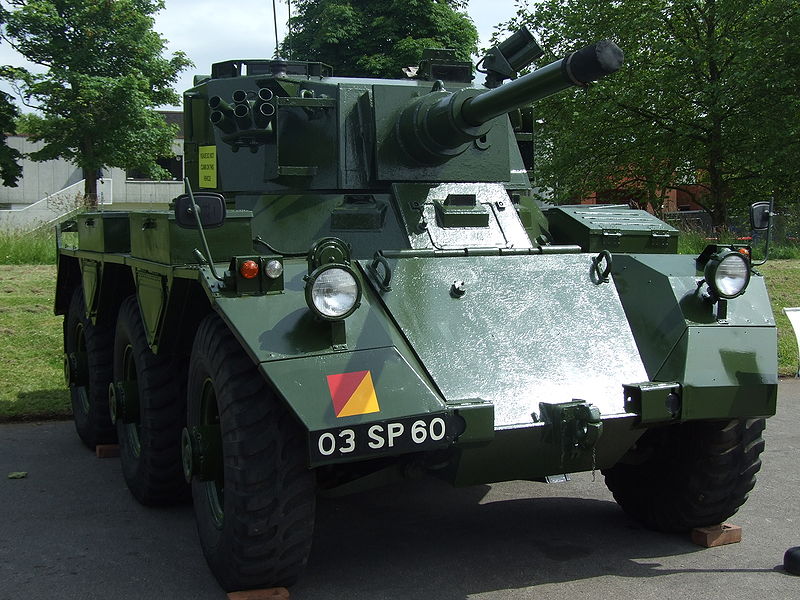
Design
The FV600 family chassis was a 6x6, with independent torsion bar units. It gave a rather short turning circle and agility off-road. But overall the central axle was a real departure from previous designs of ww2 which were all 4x4s. The central roadwheels gave a better grip on all terrains and offer several other advantages that were tested intensively by Alvis and in particular on the Saracen than preceded the Saladin. Though, the Saladin was a compact and small design, especially compared to the AEC which it replaced. The other great novelty was its fully enclosed compartment which can be NBC-proofed if needed.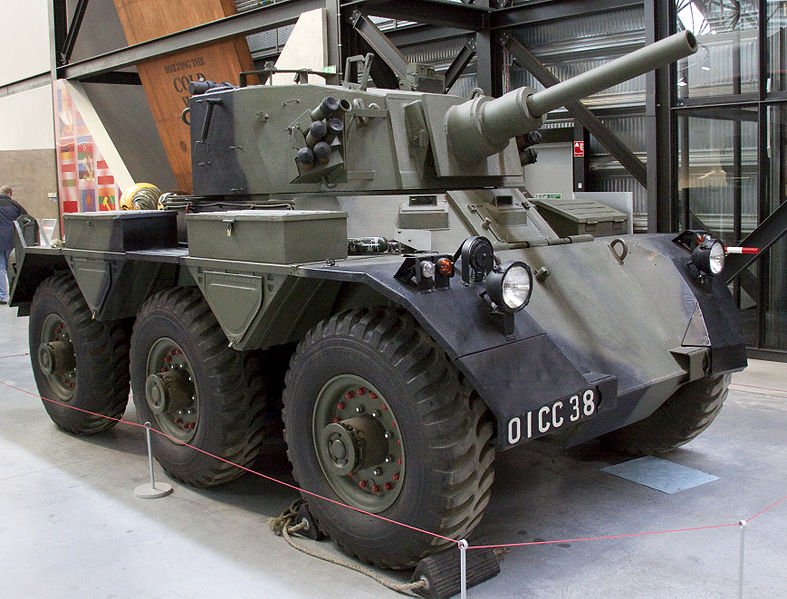
Saladin in the RAF Cosford museum
The general design is conventional: Rear engine, central fighting compartment with a two-man turret and front driving compartment. The hull was made of welded steel plates, 13 mm thick on the sides to 32 mm on the front glacis plate, which was enough against even large autocannons. Despite this, the small hull had the vehicle still under 11,6 tons. The driver was posted in the center (like for the Ferret) with a folding vision hatch and sight slit. Two other sight slits were present on each side, covering the front angle, protected by deflectors. Between the massive roadwheels were located four storage bins, eight in all. The turret had a narrow sloped face and the sides had a rear recess shaping a half-lozenge back plate. The gunner and commander were side by side, with one-piece hatches. The gunner had a single periscope, while the commander had three covering the front angle and a pintle-mounted cal.30 (Browning M1919A4). The gunner was responsible for the medium-velocity 75 mm Royal Ordnance Factory L5A1 gun that could fire a variety of HE, AP and HESH rounds. It was designed not for antitank purposes but rather to deal with fortifications and other light vehicles alike. The gunner also had a coaxial Browning M1919A4 firing normal rounds and tracers as a complement for targeting. In addition, the two front slopes of the turret received banks of 3x2 grenade launchers, that can fire either smoke and frag grenades.
Operators
The Saladin had quite a success in the middle east, perhaps its name was not foreign to this, as Saladin is a legendary figure in the Arab world. Indeed, it was purchased by Jordan, Oman, Qatar, Kuwait, Lebanon and the United Arab Emirates. It was a cheap and tempting proposition by default of purchasing true tanks and sold well in Africa too (Ghana, Kenya, Libya, Mauritania, Tunisia, Sudan, Uganda, Yemen), in Asia (Indonesia, Maldives, Sri Lanka) Europe (German federal police, Portugal (29 in 1982) and even Honduras in South America.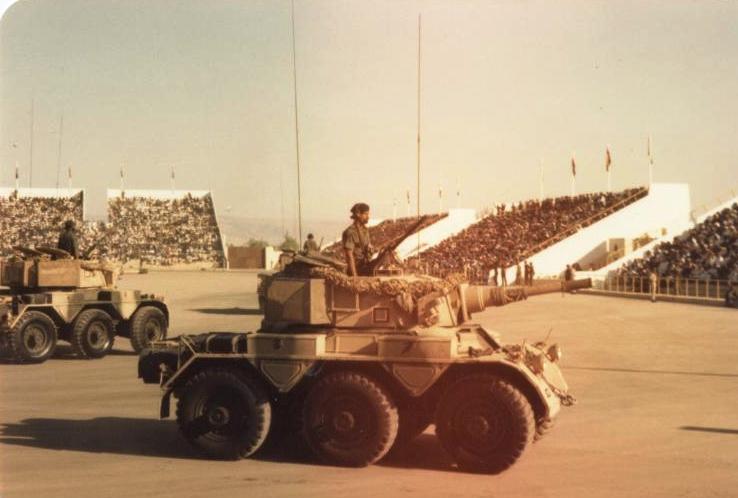 Saladin in a parade of the army of the Sultanate of Oman, 1981.
Saladin in a parade of the army of the Sultanate of Oman, 1981.
In action
The Saladin saw action immediately after entering service in Ireland for police duties. Oman purchased 36 vehicles which were actively in action with the Sultan of Oman armed forces throughout the Dhofar conflict (1972-76) often crewed with British servicemen, covering patrols and giving close fire support to the British SAS, Oman Firqa, Oman regulars and Iranian forces. British vehicles of the B sqn 16/5 Lancers defended Nicosia airport in 1974 under the UN banner. Later on, Kuwaiti vehicles defended the city against Iraqi tanks as they could in 1990. As recently as 2009 it was still used by the Honduras and Sri Lanka in police duties (Sri Lankan Civil War). In 2014 it was still in service with the Indonesian KOSTRAD Cavalry Battalion and KOSTRAD Recon Company. Nowadays most are retired and in storage but many can be purchased by private collectors at relatively low cost.Sources/Links about the Alvis Saladin
The Alvis Saladin on WikipediaThe Alvis Saladin
Video: interior and exterior walkaround
Alvis Saladin specifications |
|
| Dimensions | 4.93 x 2.54 x 2.39 m (194 x 100 x 94 in) |
| Total weight, battle ready | 11.6 tons (23,200 ibs) |
| Crew | 3 (Driver, commander, gunner) |
| Propulsion | Rolls-Royce B80 Mk.6A, 8 cyl petrol 170 hp (127 kW) P/w 15.5 hp/tonne |
| Suspension | 6x6 Independant torsion bars |
| Speed (road) | 72 kph (44.7 mph) |
| Range | 400 km (250 miles) |
| Armament | ROF 76mm L5A1, 2x 8mm M1919A4, coaxial, roof. |
| Armor | 32 mm front and 13 mm sides (0.5 in) |
| Total production | 2,000 (est.) in 1958-1972. |
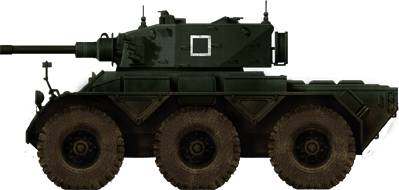
Alvis Saladin Mk.I, preserie on trials, 1957.
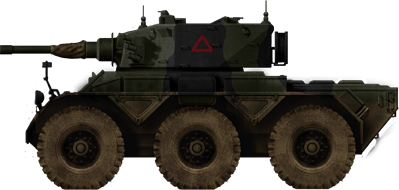
Alvis Saladin Mark II in camouflaged livery, early 1960s
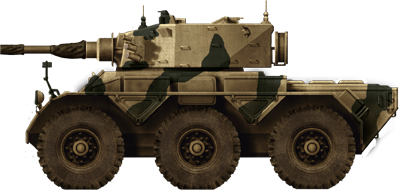
Saladin in desert pattern. It belongs to the Durham Light Infantry Museum. Some vehicles served in Aden in the 1970-80s.
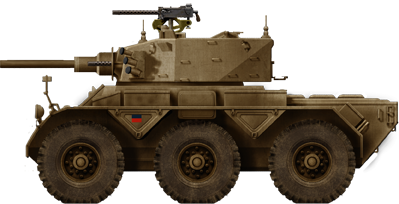
Qatari Saladin in the 1980s.
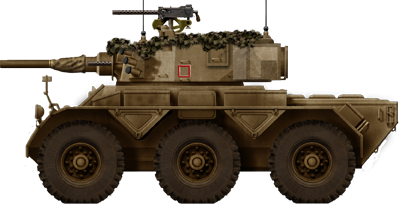
Omani Sultanate Saladins in the 1970s Dhofar war. These vehicles were often crewed by British servicemen.
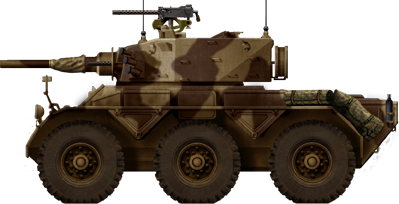
Libyan Saladin as of 1990.
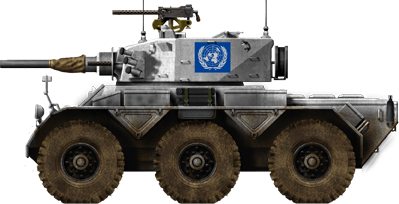
British Saladins in UN colors, defending Nicosia airport, 1972.
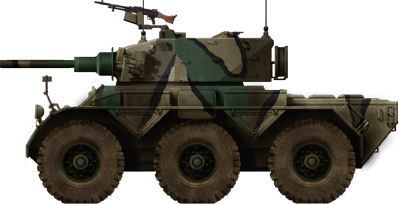
Indonesia saladin of the KOSTRAD Cavalry Battalion as of 2014.
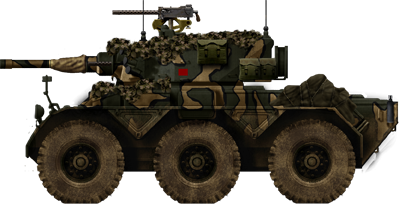
Saladin of the army of Honduras in Tegucigalpa presidential 2009 coup.
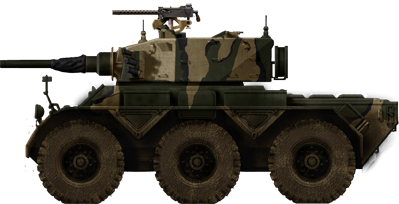
Saladin of the Sri Lanka Army as of 2009.
Walkaround latrun museum (captured Jordan vehicle).
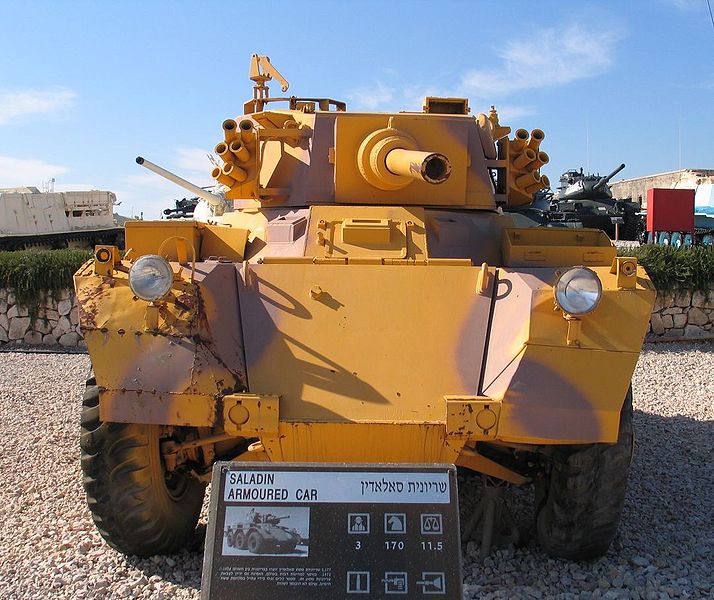
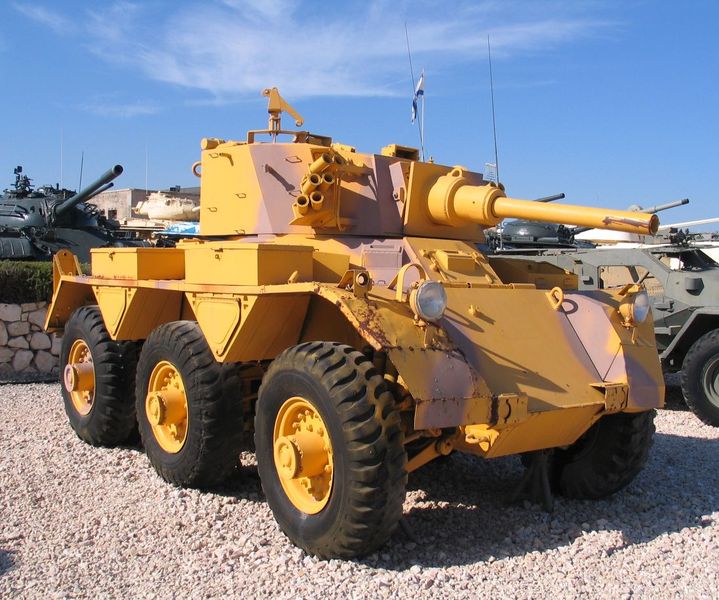
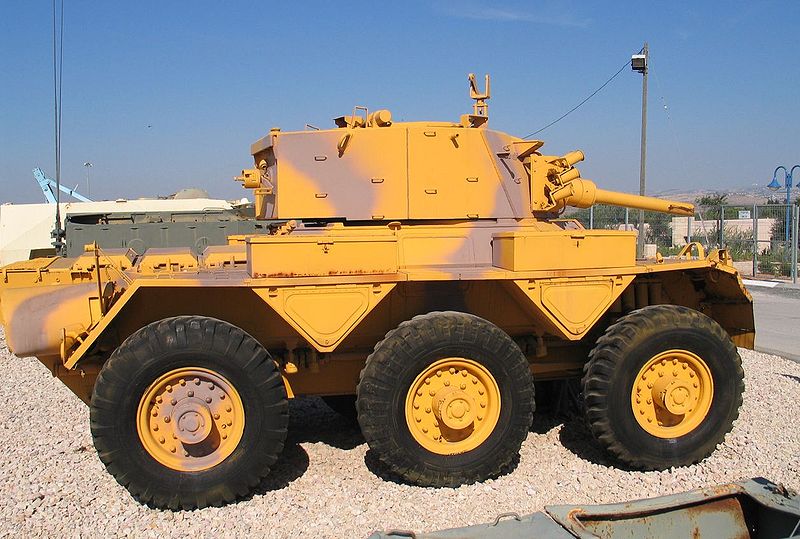

Cold War Tanks


































Cold war tanks posters

Cold War Main Battle Tanks

Cold War Soviet Army
Museums, Movies, Books & Games
The Tanks and Armor in pop culture
Tanks and armored vehicles in general are only really grasped when seen first person: The mass, the scale, it's all there. Explore also the way tanks were covered in the movie industry, in books and in video games.Movies:
Best tanks movie on warhistoryonline.com
On imdb.com
On bestsimilar.com/
miltours.com
liveabout.com/
watchmojo.com
Video Games:
pcgamesn.com
historyhit.com
levvvel.com
vg247.com/best-tank-games
mmobomb.com/
alienwarearena.com

